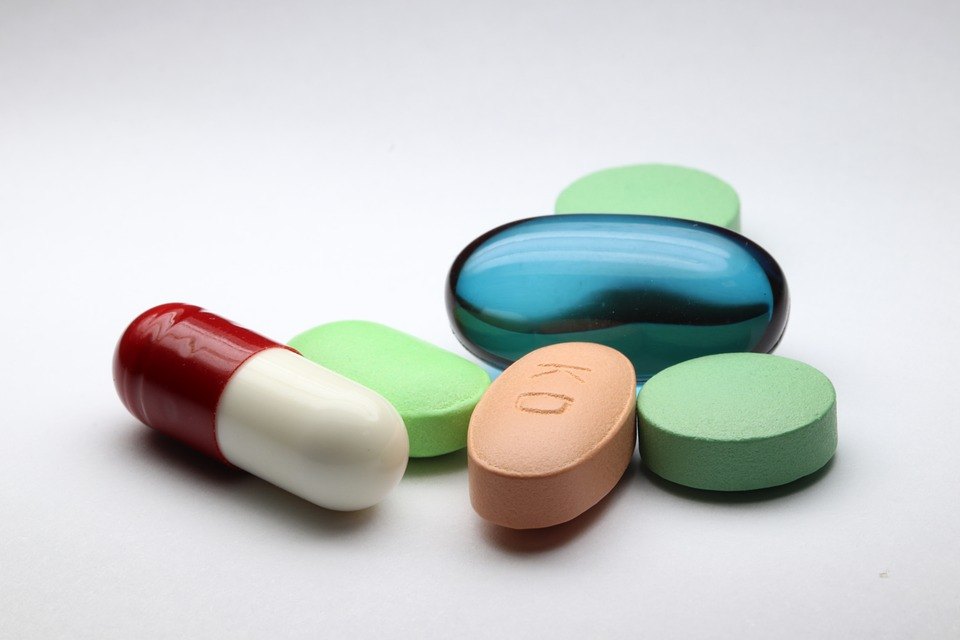Life-saving drugs often operate quietly in the background, far from the spotlight, yet they hold the power to dramatically alter and improve health outcomes. These medications are not just treatments but lifelines for many, offering hope and extending lives. This article explores how these unsung heroes work and their impact on health outcomes.
The Role of Life-Saving Drugs
Life-saving drugs are designed to treat serious conditions or diseases that could otherwise lead to severe health issues or even death.
Lapatinib manufacturers india play a crucial role in providing this life-saving drug for the treatment of certain cancers at a more accessible cost. These medications are critical in managing diseases such as cancer, heart disease, HIV/AIDS, and many others. By targeting specific mechanisms in the body or disease processes, these drugs help in controlling, curing, or significantly improving the quality of life for patients.
How Life-Saving Drugs Work
- Targeting Disease Mechanisms: Many life-saving drugs are designed to target specific parts of a disease. For instance, cancer drugs often focus on rapidly dividing cancer cells, while antibiotics target bacteria causing infections. By honing in on the disease’s specific mechanisms, these drugs can be more effective and reduce side effects.
- Regulating Body Functions: Some life-saving drugs work by regulating various body functions. For example, insulin helps control blood sugar levels in diabetes, while heart medications can regulate blood pressure and heart rhythms. These drugs help maintain balance in the body, preventing complications and improving overall health.
- Enhancing Immune Response: Vaccines and other immunomodulatory drugs boost the body’s immune response. They prepare the immune system to fight off specific pathogens or diseases, thus preventing infections or reducing their severity.
- Preventing Disease Progression: Certain drugs are designed to slow or stop the progression of diseases. For example, antiviral drugs can inhibit the replication of viruses, preventing the worsening of conditions like HIV/AIDS or hepatitis.
Impact on Health Outcomes
- Extended Lifespan: Life-saving drugs can significantly extend a person’s life. For instance, the advent of antiretroviral therapy for HIV/AIDS has transformed a once-fatal diagnosis into a manageable chronic condition, allowing people to live long, productive lives.
- Improved Quality of Life: Beyond extending life, these drugs can enhance the quality of life. Medications for chronic pain, mental health disorders, and autoimmune diseases help patients manage symptoms and lead more fulfilling lives.
- Reduced Mortality Rates: The introduction of life-saving drugs has led to substantial decreases in mortality rates for various diseases. Vaccines for diseases like measles and polio have virtually eradicated these illnesses in many parts of the world, saving countless lives.
- Economic Benefits: Effective life-saving drugs can reduce the economic burden on healthcare systems by preventing severe disease complications and reducing hospitalizations. This not only benefits individuals but also helps in lowering overall healthcare costs.
Case Studies of Life-Saving Drugs
- Penicillin: Discovered in 1928, penicillin revolutionized the treatment of bacterial infections. Before its discovery, simple infections could be fatal, but penicillin’s ability to kill bacteria transformed the landscape of medicine and saved millions of lives.
- Insulin: Before the discovery of insulin in the 1920s, diabetes was often a death sentence. Insulin therapy has since allowed people with diabetes to manage their condition and lead normal lives, fundamentally changing the prognosis for diabetes patients.
- HIV Antiretrovirals: The development of antiretroviral drugs has been pivotal in managing HIV/AIDS. These drugs work by suppressing the virus, enabling patients to live longer and healthier lives and significantly reducing the rate of HIV transmission.
- Cancer Chemotherapy: Drugs such as cisplatin and doxorubicin have played crucial roles in treating various cancers. They work by targeting and killing cancer cells, leading to improved survival rates and quality of life for cancer patients.
Read more: Specialitymedz
The Future of Life-Saving Drugs
- Advances in Personalized Medicine: The future of life-saving drugs is likely to be shaped by advancements in personalized medicine. Tailoring treatments based on individual genetic profiles can enhance effectiveness and minimize side effects.
- Innovations in Drug Delivery: New drug delivery systems, such as nanoparticles and advanced injectables, promise to improve how medications are administered, making treatments more effective and easier for patients.
- Emerging Therapies: Research into new therapies, including gene therapy and regenerative medicine, holds the potential to cure previously untreatable conditions and further extend life expectancy.
- Global Access and Equity: Ensuring that life-saving drugs are accessible to people in all parts of the world is a significant challenge. Efforts are ongoing to improve access to medications in low-resource settings, helping to reduce health disparities globally.
Challenges and Considerations
- Cost: The high cost of many life-saving drugs can be a barrier to access. Pharmaceutical companies, governments, and healthcare providers are working to address this issue through various strategies, including price reductions and subsidies.
- Resistance: Overuse of certain medications, such as antibiotics, can lead to drug resistance, making treatments less effective. Addressing resistance through careful prescribing and research into new drugs is crucial.
- Side Effects: While life-saving drugs can be incredibly beneficial, they can also have side effects. Monitoring and managing these effects is important to ensure that the benefits of the drugs outweigh the risks.
- Ethical Considerations: The development and distribution of life-saving drugs involve ethical considerations, such as ensuring fair access and addressing issues related to drug pricing and intellectual property rights.
Conclusion
Life-saving drugs are indeed the unsung heroes of modern medicine. They transform health outcomes by extending lives, improving quality of life, and reducing mortality rates. While there are challenges to overcome, the ongoing advancements in drug development and efforts to improve access to these medications promise a brighter future. Recognizing the profound impact of these drugs not only highlights their importance but also emphasizes the need for continued support and innovation in this critical field.
